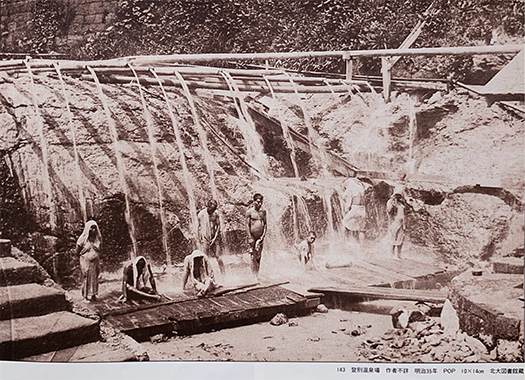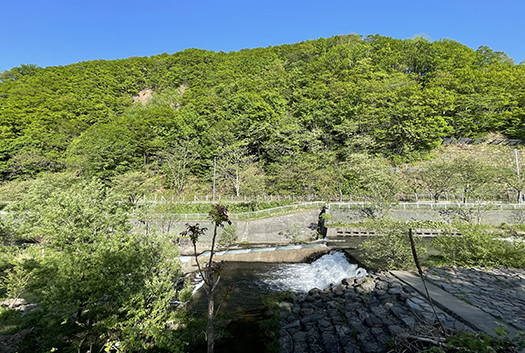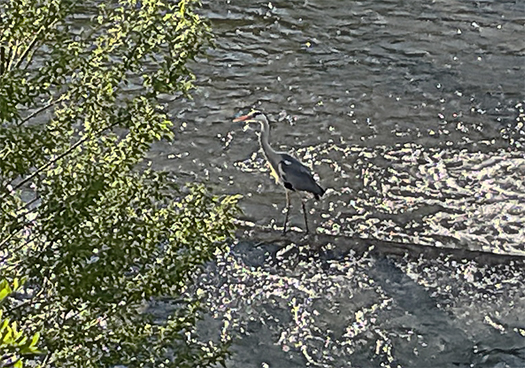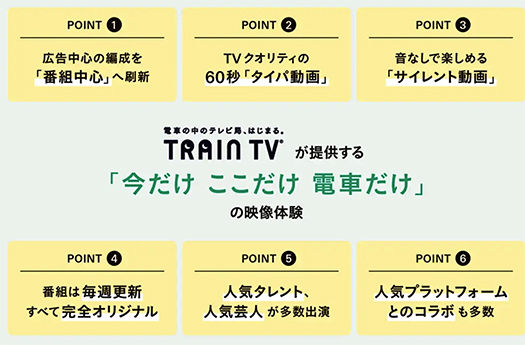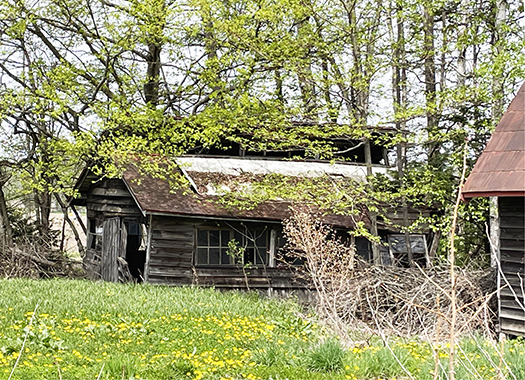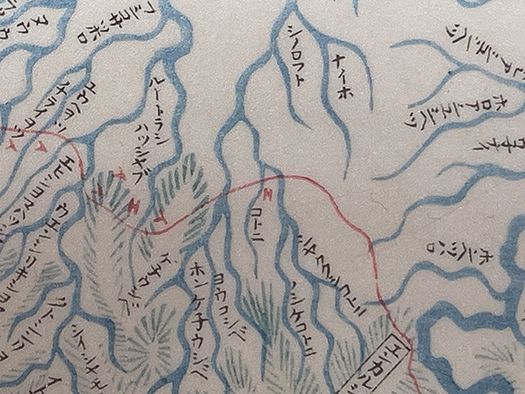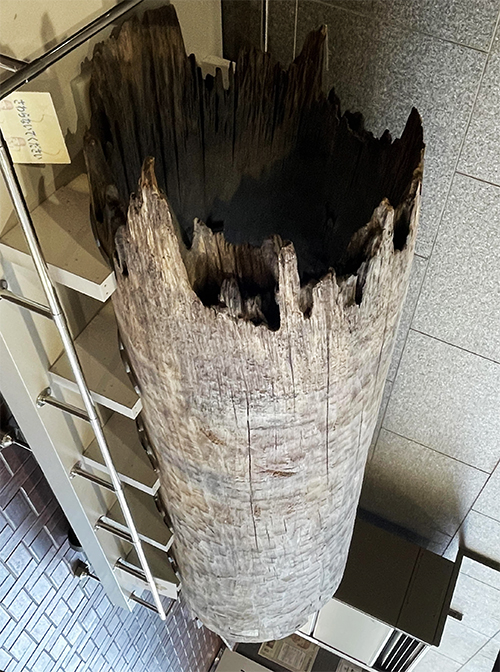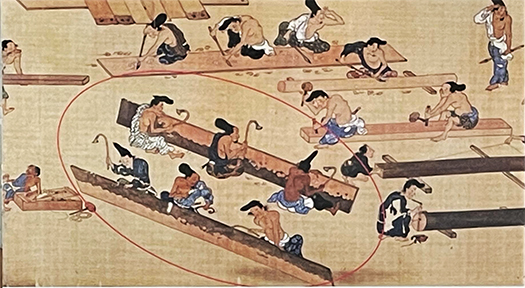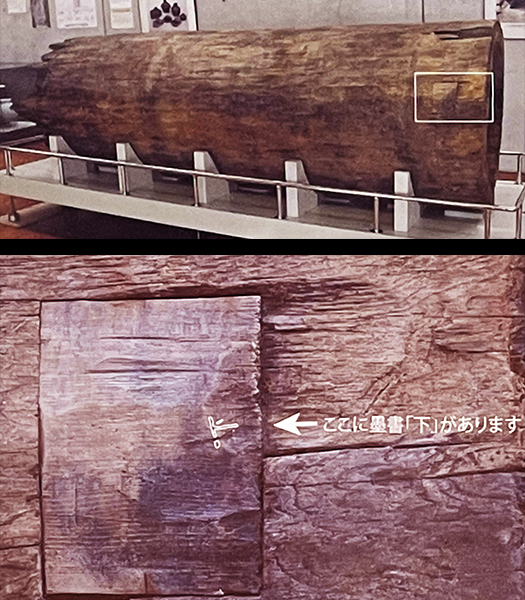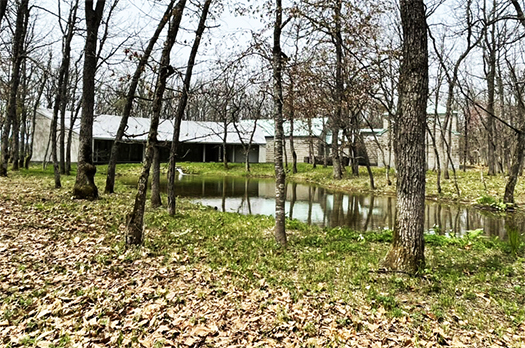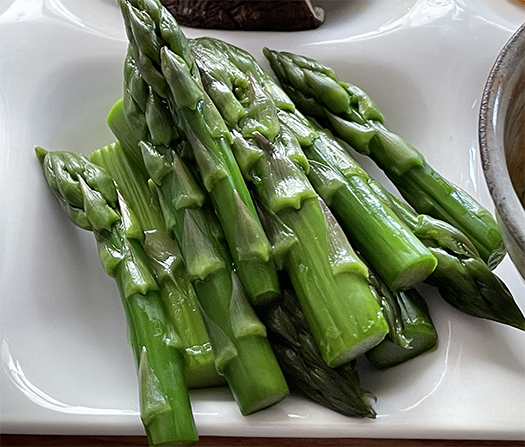
わたしたち夫婦は旬のアスパラが大好物。口の中にひろがる風合いにたまらない季節感が立ち上ってきて、目覚めるような感覚を味わわせてもらっています。
ニセコの道の駅で出荷される「露地物」のアスパラを求めて、弾丸ドライブ。
味わいのなかにあるその土地の自然の様子が、なにかを激しく刺激してくるのでしょう。その土地らしい空気感・味わいというのが再生されるのですね。
ニセコビュープラザ店舗では生産者が直接運び込まれてくる様子も目にする。
「これ、きのうの売れ残りだから少し値引きしよう、100円の値付けだけど50円にしてサッサと捌いちゃお」なんていう売り手農家のささやきが聞こえたりする。これはちょっと固めのヤツの袋入りですが、ちょっとピーラーで表面を剥いてあげれば、中身の風合いはむしろ強めの味わいがある。買い手の値付け変更を待ってすぐにゲット(笑)。
こういう「手間ひま」は、むしろありがたいので、労力は惜しみません。
という格安逸品もふくめてたくさんの現地仕入野菜類を大量購入して、夫婦ニコニコで調理作業に励む。さっそく茹で上げたアスパラがこの写真。ややしんなりと茹でるのが好み。やわらかく口中で北海道の季節感が踊ってくれる。
弾丸ドライブの途中では、自然の豊かな公園緑地などでたっぷりと自然散策しながらの散歩も楽しんでおりました。
こういうこの季節の「定番」営為なのですが、先週から今週に掛けては、出張からの帰還が月曜日で、ほとんど休みない日程だったことで、やや疲れが溜まっている。
年齢相応に体を労りながら、まだまだ元気に「大地の元気」をもらい続けていたいと強く念願しています。そのためには、野菜ファーストの食事習慣と少食化ダイエットに真剣に取り組んでいきたいと思います。
にしても、季節感たっぷりのアスパラは、おいしい。パクっ!
English version⬇
Asparagus Heaven in Hokkaido
I’m so excited about the taste of the season that I’m late updating this blog because I slept twice today due to fatigue from the round-trip bullet tour. But I can’t resist the deliciousness of asparagus. I can’t help it, can I? I’m so tired…
My wife and I love asparagus in season. The texture of the asparagus in our mouths gives us an irresistible sense of the season, and it is a sensation that awakens us.
We went on a road trip to Niseko in search of “open-air” asparagus shipped from a roadside station in Niseko.
The local nature in the flavor of the asparagus must be stimulating something intense. The local atmosphere and flavors of the land are replayed.
At the Niseko View Plaza store, you can see the producers bringing in their products directly to the store.
The farmer who sells the produce can be heard whispering, “This was left over from yesterday, so I’ll give you a small discount. This is a bag of slightly firm ones, but if you peel the surface with a peeler, the texture of the inside has a rather strong flavor. Wait for the buyer to change the price and get them right away (laughs).
This kind of “time and effort” is rather appreciated, so I spare no effort.
We purchased a large quantity of locally procured vegetables, including some cheap gems, and went to work on the cooking with a smile on our faces. This is a picture of boiled asparagus. I like to boil them a little soft. They are soft and make the seasonal flavors of Hokkaido dance in your mouth.
On the way to the airport, we also enjoyed a walk in a park with abundant nature.
Although this is a “regular” activity for this season, I am a bit tired from last week and this week, as I returned from a business trip on Monday and had a schedule with almost no rest.
I strongly hope that I can continue to receive the “energy of the earth” while taking care of my body in an age-appropriate manner. To do so, I would like to seriously work on my vegetable-first eating habits and a smaller diet.
Nevertheless, seasonal asparagus is delicious. Paku!
Posted on 5月 19th, 2024 by 三木 奎吾
Filed under: おとこの料理&食 | No Comments »


